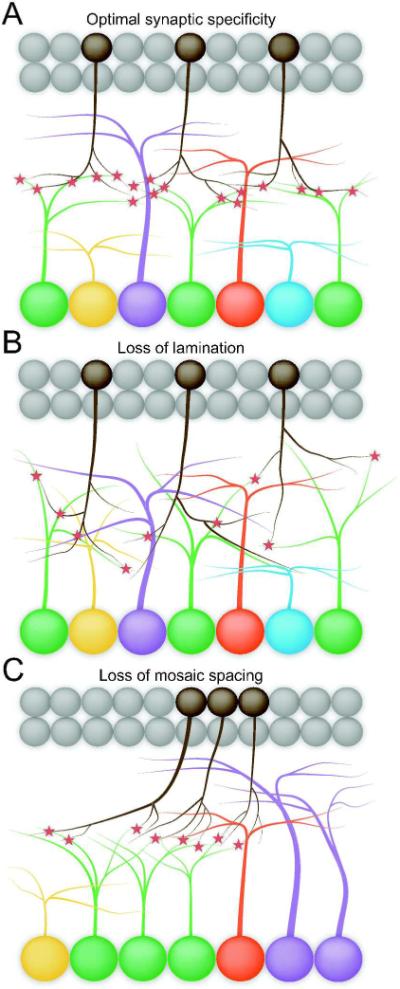Figure 3. Cellular strategies to optimize synaptic specificity.

Forming synaptic connections between appropriate partners is fundamental to neural circuit formation and is a key purpose of cell type identity. Two features of retinal organization serve to optimize synaptic specificity. Elaborating processes in specific laminae increases the chances of suitable pre- and postsynaptic partners finding each other, while mosaic spacing optimizes the number of partners available to each neuron (A). Dendritic lamination could be lost without disrupting synaptic specificity per se, although it would decrease the likelihood of partners encountering each other (B). Likewise, specificity could be maintained without mosaic spacing, but individual cells would not be able to partner with the normal number of neurons (C).
